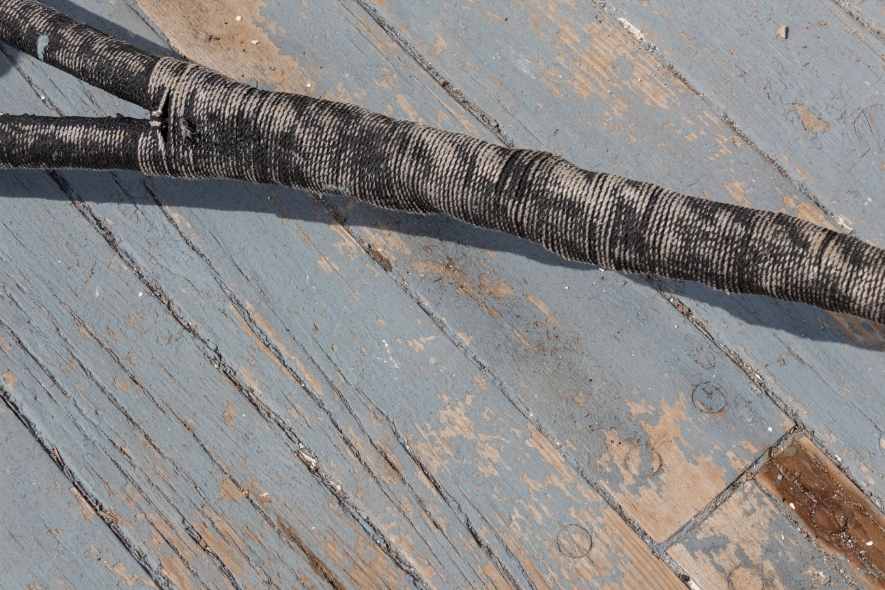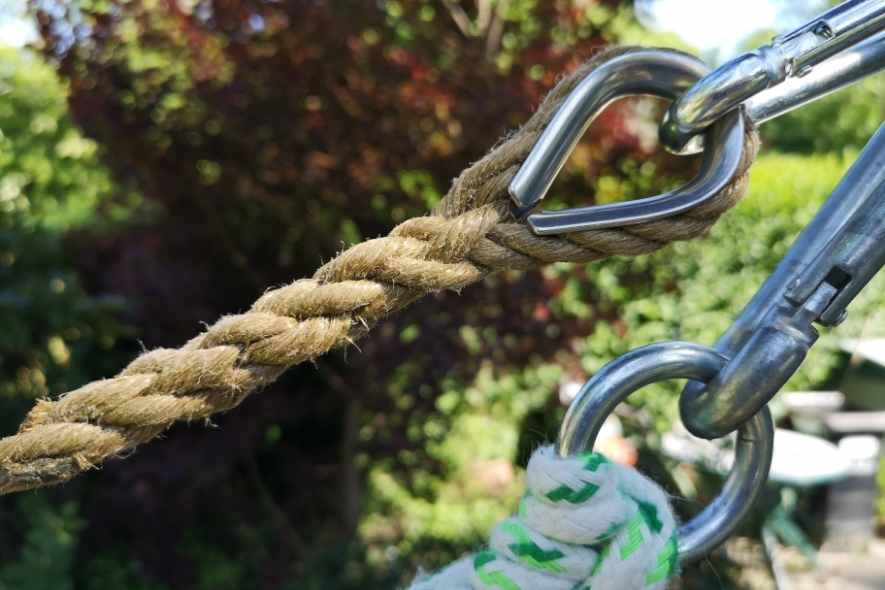How strong is spliced rope?
You may have come across the term “splicing”, particularly if you work in the marine sector. Splicing is a term used to describe the joining together of two ends of a rope without using a knot. This is achieved by interweaving their strands to form a loop or stopper, or to join two ropes together.
At SRS Group, we have the splicing tools and capacity to produce different types of splices, particularly for the marine industry.
From traditional three-strand rope right through to modern-day manmade fibres, we have the skill, expertise, and know-how to make it happen.
Why splice a rope instead of a knot?
Knots have been long-associated with the marine industry and whilst they still have their value, splicing has become the de facto way to join ropes or two parts of the same rope.
That’s because, unlike knots, splicing a rope does cause a significant loss in the overall strength of the rope. Even a correctly tied not can result in a significant loss of strength in a rope, as well as being more bulky and unsightly than a spliced rope.

Splicing on the other hand retains most of the original strength of the rope and when done correctly, should not reduce the strength of the rope by more than 10%.
A knot will reduce the strength of a rope due to the tight bends and compression that is found in any type of knot. The amount a rope will be weakened by a knot will depend on both the type of material the rope is made out of, and the type of knot used, but knots can reduce the strength of a rope by up to 60%.
What can spliced rope be used for?
There are three basic types of splices that are typically made on a three-strand twisted rope: an eye splice, a back splice, and a short splice. The basic process in all three splices is to unlay the strands at the end of the rope, then weave them over and under back into the rope to form the splice.

Once spliced, these ropes can have many uses. At SRS, we offer tensile synthetic cables, cordage supply and traditional rope balustrades and can supply lines in a huge variety of materials including:
- spectra (Dyneema)
- Vectran
- kevlar
- polyamides
- polyester
- dacron
- braid on braid
- double braid
- king braid
- covered/uncovered Dyneema
- UV treated Dyneema
- traditional hemp style lines
Whatever your needs or requirements, we make sure we produce quality rope splice that retains and prevents fraying, maintaining its rope strength as it should.
Summary
Returning to the question posed at the start of this post, a spliced rope is typically much stronger than a rope that is joined with a knot, making it the preferred option for the joining of ropes. The overall strength of a rope that has been spliced should be retained, with a reduction in strength of less than 10% compared to up to 60% when a knot is used.
If you need a strong rope splice, talk to the team at SRS today and we can provide you with the best options to suit your requirements.
